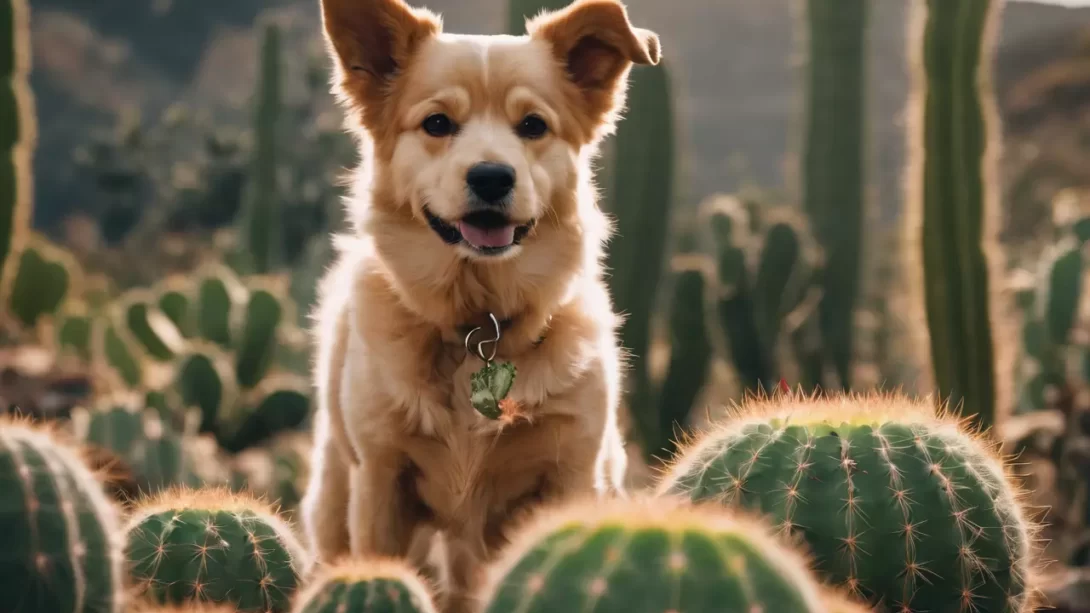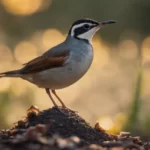Dogs are known for their curious nature, often leading them to explore and taste the world around them, including plants. For dog owners who enjoy having plants in their home, this raises important questions about safety, particularly with common household plants like cacti. Understanding whether cacti are safe for dogs is crucial in preventing potential harm and ensuring a pet-friendly environment.
Cacti: Types and Characteristics
Cacti come in a wide variety of shapes, sizes, and types, ranging from the classic prickly pear to the towering saguaro. They are primarily known for their spiky or prickly surface, which is a natural defense mechanism against herbivores. This characteristic, while intriguing, can pose a risk to dogs who may be tempted to sniff or taste these unusual plants. The texture and accessibility of cacti can vary greatly, making some more appealing or hazardous to dogs than others.
The Safety of Cacti for Dogs
When it comes to the safety of consuming cacti, most varieties are not inherently toxic to dogs. However, this does not equate to them being safe for dogs to eat. The primary concern with cacti is their physical structure. The spines and needles can cause oral and gastrointestinal injuries if ingested. Some cacti also have glochids, tiny barbed spines that can easily detach and become embedded in the skin or mouth, causing irritation and discomfort. While the cactus itself might not be poisonous, the physical harm it can cause makes it unsuitable and potentially dangerous for dogs to interact with.
Potential Risks of Cactus Ingestion for Dogs
If a dog ingests part of a cactus, there are several health risks to consider. The most immediate concern is injury from the cactus spines. These can cause pain and damage to the mouth, throat, and digestive tract. In some cases, spines can become lodged in the dog’s mouth or throat, leading to choking or difficulty swallowing. Additionally, if spines pass into the digestive tract, they can cause internal injuries, bleeding, or blockages, which are serious conditions requiring veterinary attention. Another risk involves the tiny, hair-like spines called glochids, which can be particularly troublesome as they are difficult to see and remove.
First Aid and Veterinary Care for Cactus Ingestion
In the event that a dog comes into contact with or ingests a cactus, immediate first aid is crucial. If the dog has cactus spines in its mouth or skin, carefully remove them using tweezers, taking care not to cause further injury. If spines are deeply embedded or if the dog is in significant pain, it’s best to seek veterinary care as soon as possible. In cases where the dog has ingested cactus, monitor for signs of distress such as pawing at the mouth, drooling, vomiting, or changes in appetite and bowel movements. These could indicate internal injuries or blockages and warrant a visit to the veterinarian. In such situations, prompt professional assessment and treatment are essential for the dog’s health and recovery.
Preventive Measures for Dog Owners
Preventing access to cacti is the most effective way to protect dogs from potential harm. For dog owners who keep cacti, it’s important to place them in areas that are out of the dog’s reach, such as high shelves or enclosed spaces. Additionally, training dogs to stay away from cacti and other hazardous plants is beneficial. Consistent training, along with supervision, especially with curious puppies or dogs prone to chewing, can significantly reduce the risk of cactus-related injuries. Educating all household members about the risks of cacti and the importance of keeping these plants away from pets is also key in ensuring a safe environment for dogs.
Emergency Veterinary Care for Cactus Injuries
In more severe cases, where a dog has ingested large portions of a cactus or has sustained serious injuries from the spines, emergency veterinary care becomes necessary. Signs that should prompt an immediate visit to the vet include excessive drooling, signs of pain, vomiting, difficulty breathing, or any evidence of internal distress. The veterinarian may need to perform x-rays or other diagnostic tests to assess the extent of internal injuries or blockages. Treatment could involve surgery to remove cactus spines or fragments from the digestive tract, along with medication for pain and inflammation. Timely veterinary intervention is crucial in these situations to prevent further complications and ensure the best possible outcome for the dog.
Creating a Safe Environment for Dogs
For dog owners, creating a safe environment is a fundamental aspect of pet care. If keeping both dogs and cacti at home, it’s essential to assess the risks and take the necessary steps to mitigate them. This might mean repositioning cacti to ensure they are beyond the dog’s reach or choosing pet-friendly plant varieties. Regularly inspecting the home for fallen spines or plant fragments is also important, especially in households with curious or active dogs. By taking these precautions, dog owners can enjoy the beauty of cacti in their homes while keeping their furry companions safe.
Conclusion
In summary, while cacti are not typically toxic to dogs, they pose significant physical risks due to their spiny nature. Dogs should be prevented from interacting with cacti to avoid injuries to the mouth, throat, and digestive system. By understanding these risks and implementing preventive measures, dog owners can ensure their pets’ safety and well-being. In cases of cactus ingestion or injury, immediate veterinary care is imperative. Responsible pet ownership involves not just love and affection but also creating a secure and pet-friendly living space. Remember, a safe environment is a crucial part of providing a happy and healthy life for our canine companions.



